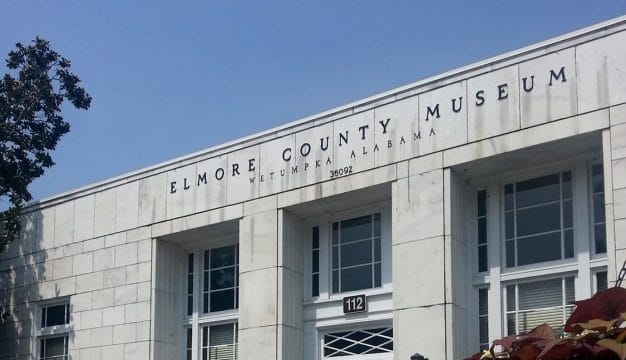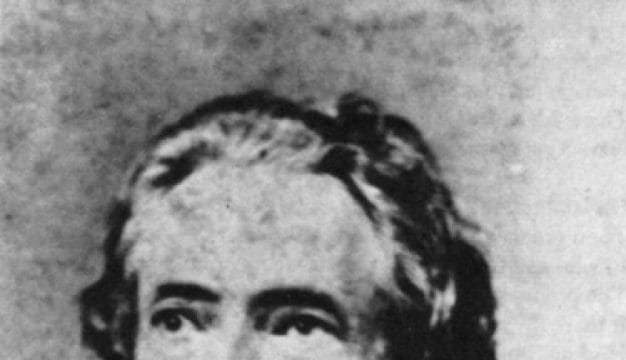Historic Avenue Cultural Center
 Historic Avenue Cultural Center
The Historic Avenue Cultural Center (formerly the National African-American Archives and Multicultural Museum) is an exhibit and performance space and cultural center located in Mobile, Mobile County. From 2005 to 2014, it operated as a privately run museum housing documents, records, photos, books, African artworks, furniture, and special collections related to the African American experience in Mobile, including slavery, Africatown, Mardi Gras, and sports. In 2023, it opened under the new name.
Historic Avenue Cultural Center
The Historic Avenue Cultural Center (formerly the National African-American Archives and Multicultural Museum) is an exhibit and performance space and cultural center located in Mobile, Mobile County. From 2005 to 2014, it operated as a privately run museum housing documents, records, photos, books, African artworks, furniture, and special collections related to the African American experience in Mobile, including slavery, Africatown, Mardi Gras, and sports. In 2023, it opened under the new name.
The Historic Avenue Cultural Center is located in the former Davis Avenue Branch of the Mobile Public Library. It was built in 1930 to serve the African American community during segregation on what was then the center of Black-owned business in the city, known to locals as "The Avenue." The building was designed in a Neoclassical style by architect George Bigelow Rogers and constructed at a cost of $26,000. (Rogers also designed the Ben May Main Library, the library's main branch, in 1928.) The Davis Avenue Branch is a smaller rectangular block with projecting end pavilions but lacks some of the decorative elements, such as pilasters, found on the Ben May Branch. The building was listed on the National Register of Historic Places on December 22, 1983, for its architectural and historical significance.
Typical of most public organizations during disenfranchisement and segregation, the branch remained underfunded by both the city and the state. Undeterred, the local African American community raised funds and collected books for the library. In 1961, an addition to the rear increased the facility's space. Later in that decade, the library came to be used as a depository for government documents following desegregation.
In 1992, Delores S. Dees reopened the library as the National African-American Archives and Museum and served as the first president and executive director. Under her guidance, the museum mounted an exhibit on slavery that displayed objects of punishment and brutality, including shackles, leg irons, collars, and badges used to denote a person's enslaved status in southern cities. The "History of Colored Carnival" exhibit interpreted the many African American contributions to Carnival and Mardi Gras in Mobile and in New Orleans, Louisiana.
The museum also housed artifacts related to contributions made by African Americans to the greater Mobile culture and economy, including items related to their involvement as defense workers in the shipyards during World War II. It also chronicled the voyage of the Clotilda, an illegal slave ship that docked in Mobile in 1860 and was the last known ship to bring enslaved peoples into the United States, as well as their establishment of the Africatown community north of downtown Mobile. (In 2019, the ruins of the Clotilda were discovered in Mobile Bay through an effort led by the Alabama Historical Commission, which owns all sunken ships in state waters, the National Geographic Society, and other organizations.) Other exhibits were dedicated to local sports and military figures, including Hank Aaron, the star baseball player born in Mobile, Maj. Gen. Jerome G. Cooper, the first African American to command a U.S. Marine Corps infantry company, and former U.S. Secretary of Labor Alexis Herman, a native of Mobile.
In the mid-2010s, Dees began to suffer from health issues, and the museum closed. The building sat unused for several years, but in 2018, the Mobile County Commission leased the building from the city and renovated the structure. On October 5, 2023, it was rededicated as the Historic Avenue Cultural Center, with an exhibit on the history of the area entitled "Remembering the Avenue."
The center is located near other historic and cultural sites in the city, such as the Hank Aaron Childhood Home and Museum, the Bragg-Mitchell Mansion, the William and Emily Hearin Mobile Carnival Museum, the History Museum of Mobile, Fort Condé, the Condé-Charlotte House and Museum, the Richards DAR House Museum, and the University of South Alabama Archaeology Museum.



